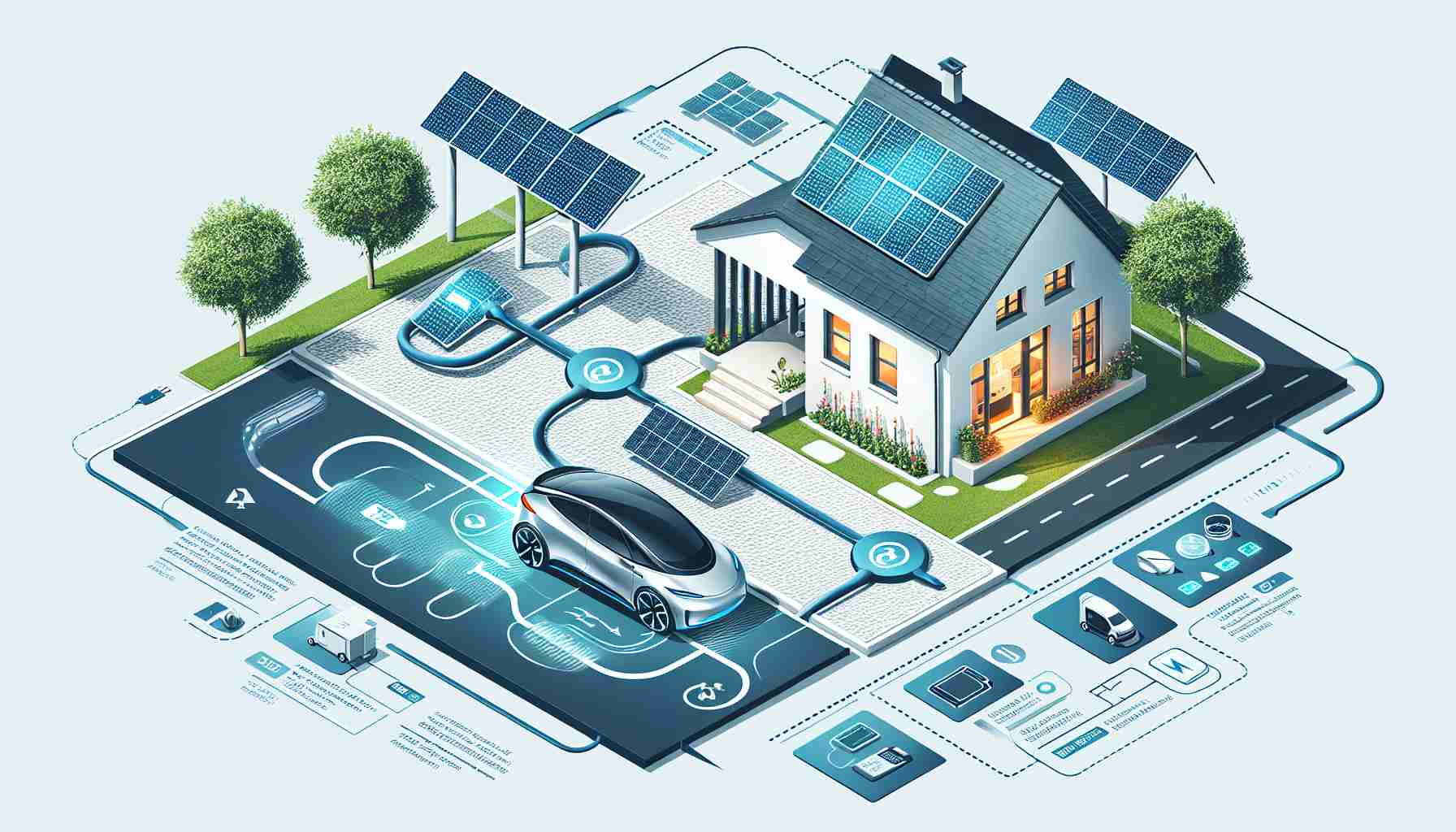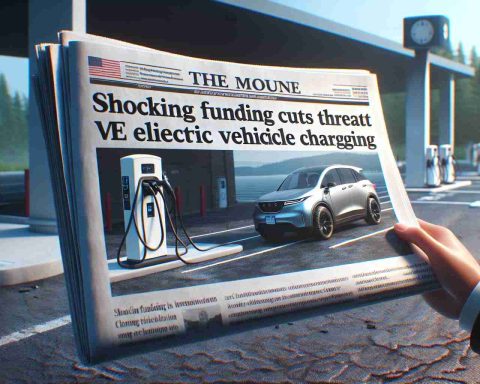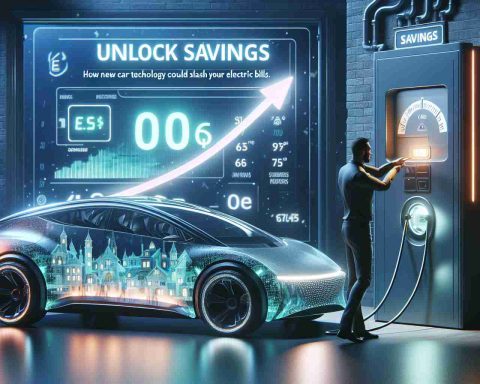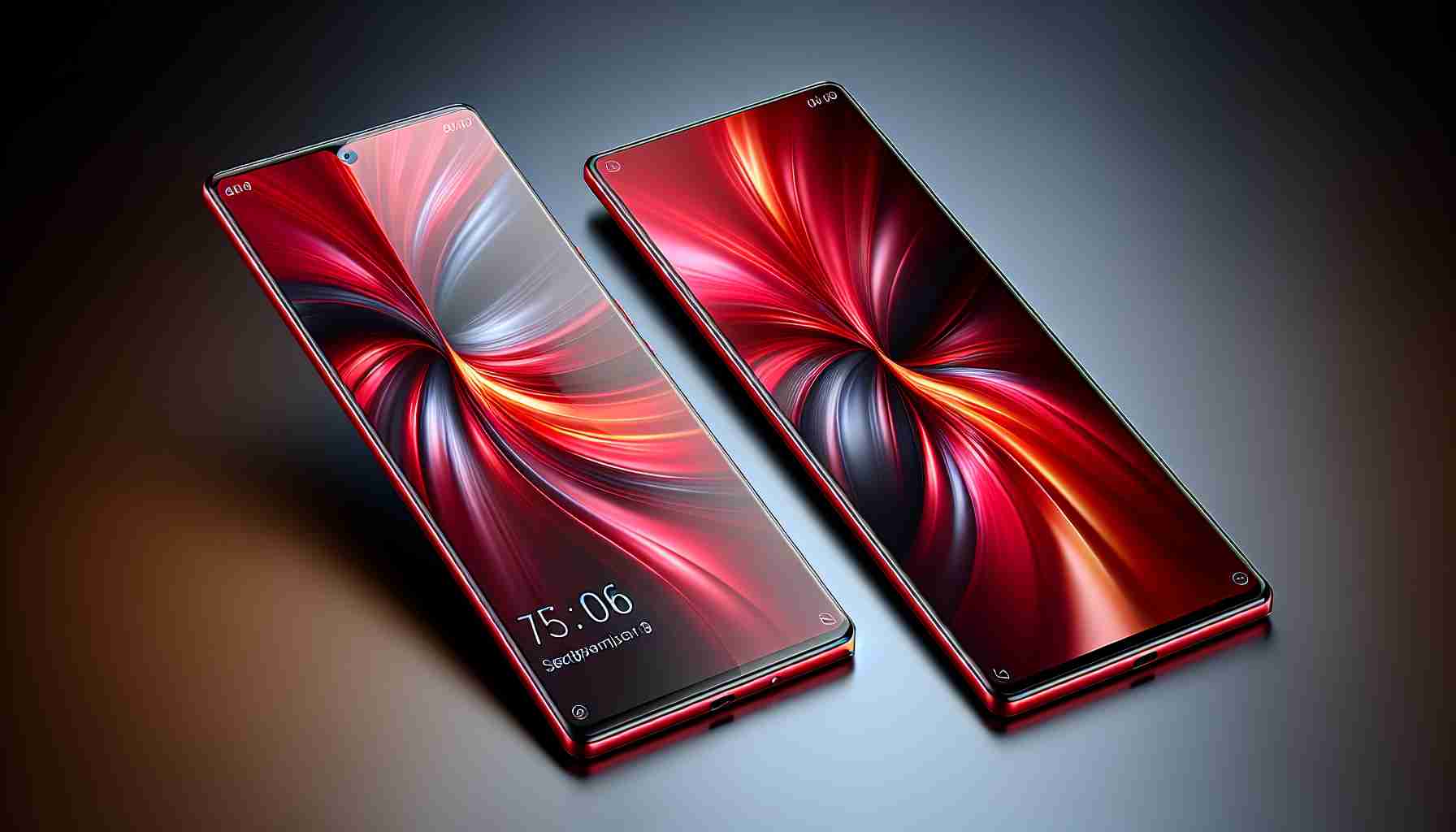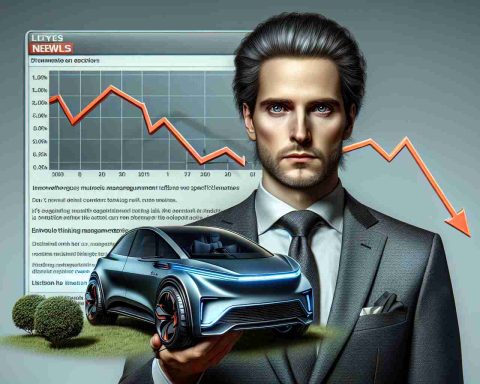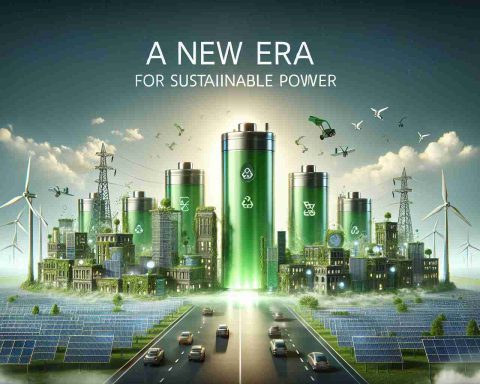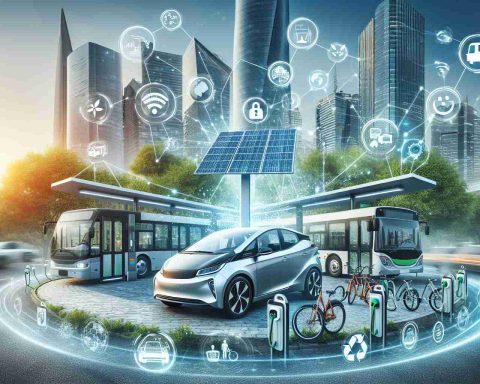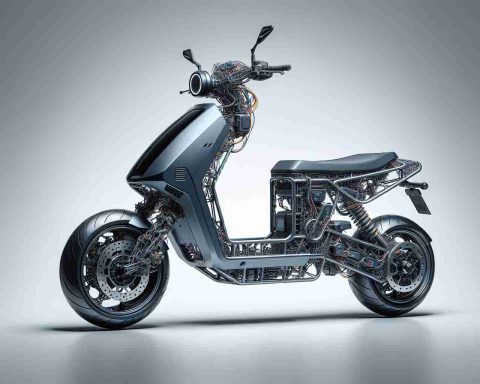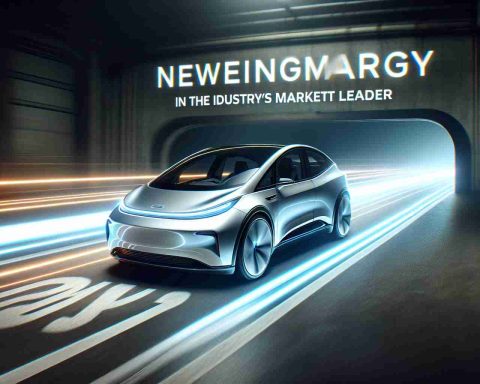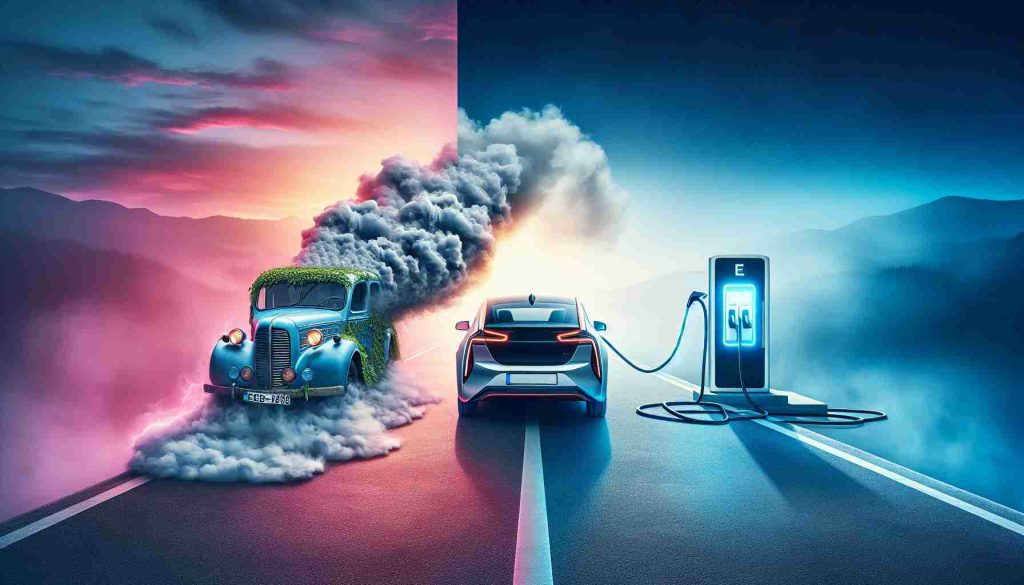- Vehicle-to-grid (V2G) technology enables electric vehicles to charge from and supply electricity to the power grid.
- V2G systems use smart charging to optimize power storage and release, balancing the grid through communicating with it.
- During surplus renewable energy production, EVs can store excess electricity, and provide it back during peak demand to stabilize the grid.
- Adopting V2G technology could reduce household energy costs and enhance national energy resilience.
- Infrastructure development and standardization challenges must be addressed for widespread implementation.
- The integration of V2G marks a step towards turning electric vehicles into essential components of a sustainable energy ecosystem.
As electric vehicles (EVs) surge in popularity, a groundbreaking new technology is set to revolutionize the way we think about energy consumption: vehicle-to-grid (V2G) technology. This innovative system allows EVs not only to charge from the grid but to supply electricity back when demand is high, turning our cars into mobile energy units.
The principle behind V2G technology is straightforward yet transformative. With the integration of smart charging systems, electric cars can communicate with the power grid to determine when it is optimal to store or release power. During periods of excess energy production, such as from renewable sources like wind or solar, cars can store surplus power in their batteries. Conversely, they can feed electricity back to the grid during peak times, offering a solution to instability issues commonly associated with renewable resources.
The implications of this technology are vast. On a micro level, individual households could potentially reduce energy bills by selling power back to the grid. On a macro scale, widespread adoption of V2G systems could significantly bolster national energy resilience and contribute to sustainability goals.
However, challenges remain, including the need for infrastructure development and standardization across manufacturers. As governments and companies invest in this promising technology, the dream of using our electric cars not just as modes of transportation, but as integral parts of a smarter energy ecosystem, grows ever closer to reality.
Revolutionizing Energy Consumption: The Future of Vehicle-to-Grid Technology
What is Vehicle-to-Grid Technology and How Does It Work?
Vehicle-to-Grid (V2G) technology is an innovative system that allows electric vehicles (EVs) to serve as both energy consumers and suppliers. By integrating smart charging systems, EVs can communicate with the power grid to determine optimal times for storing or releasing power. This capability allows vehicles to store surplus energy during periods of high renewable energy production and feed it back into the grid during peak demand times.
What Are the Pros and Cons of V2G Technology?
Pros:
– Energy Savings and Earnings: Individuals can reduce energy costs or even earn by selling unused energy back to the grid.
– Grid Stability: V2G systems can help offset fluctuations in electricity demand, reducing the risk of outages and ensuring a stable energy supply.
– Sustainability: By facilitating increased use of renewable energy sources, V2G can contribute significantly to sustainability goals.
Cons:
– Infrastructure Requirements: Significant investments are needed in infrastructure development to support widespread V2G adoption.
– Battery Wear and Tear: Frequent discharging and charging might impact the longevity of EV batteries.
What Does the Future Hold for V2G and Are There Any Predictions?
The future of V2G technology is promising, with potential for substantial growth. Industry experts predict that as governments and companies continue to invest, V2G could become a standard feature in EVs, enabling further integration into smarter energy ecosystems.
# Related Links:
– Learn more about electric vehicles and their potential at Tesla
– For more insights into smart energy systems, visit Siemens
– Explore the latest developments in renewable energy at General Electric
Industry Insights and Trends
The rise of V2G technology is coinciding with several emerging trends in the energy sector, including advancements in renewable energy generation, increased focus on sustainability, and the growing interest in decentralized energy systems. Innovations such as bi-directional chargers and improved energy management software are making V2G more accessible and efficient.
Conclusion
As V2G technology continues to develop, it holds the potential to revolutionize how we perceive and utilize energy, turning EVs into pivotal contributors to a resilient and sustainable energy future. Continued collaboration between manufacturers, governments, and consumers will be crucial in overcoming existing challenges and unlocking the full potential of this groundbreaking technology.
